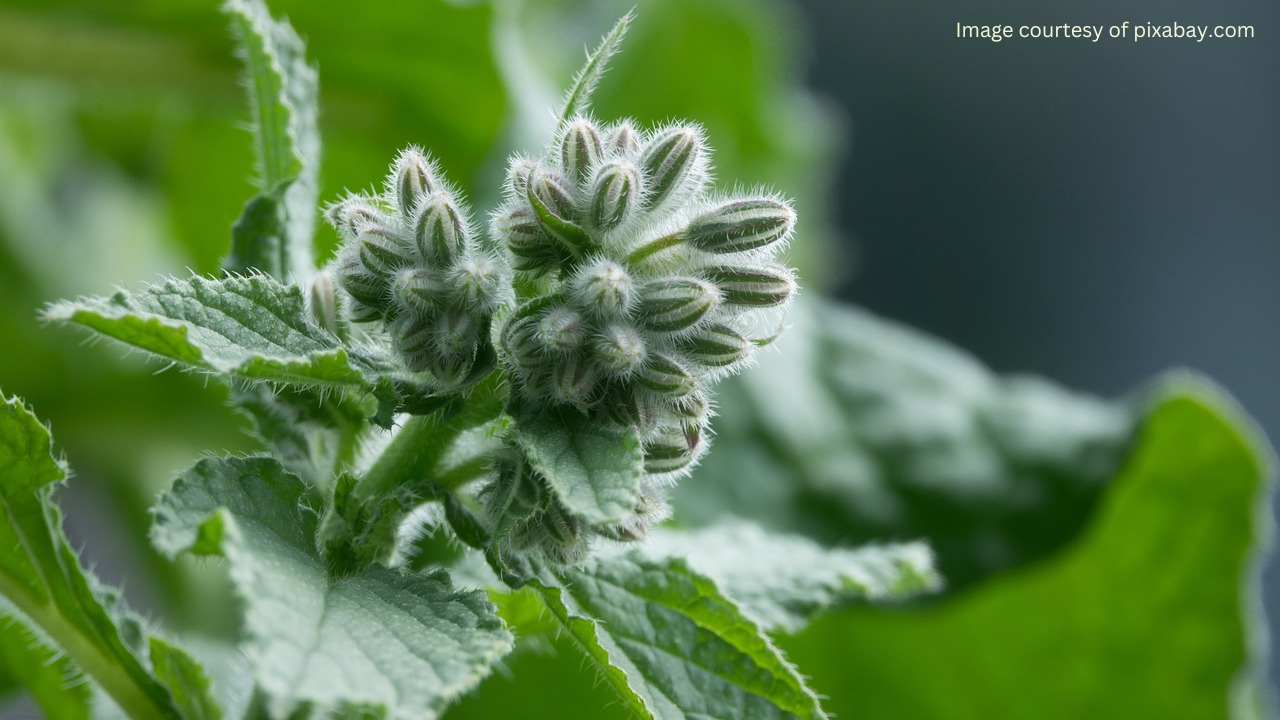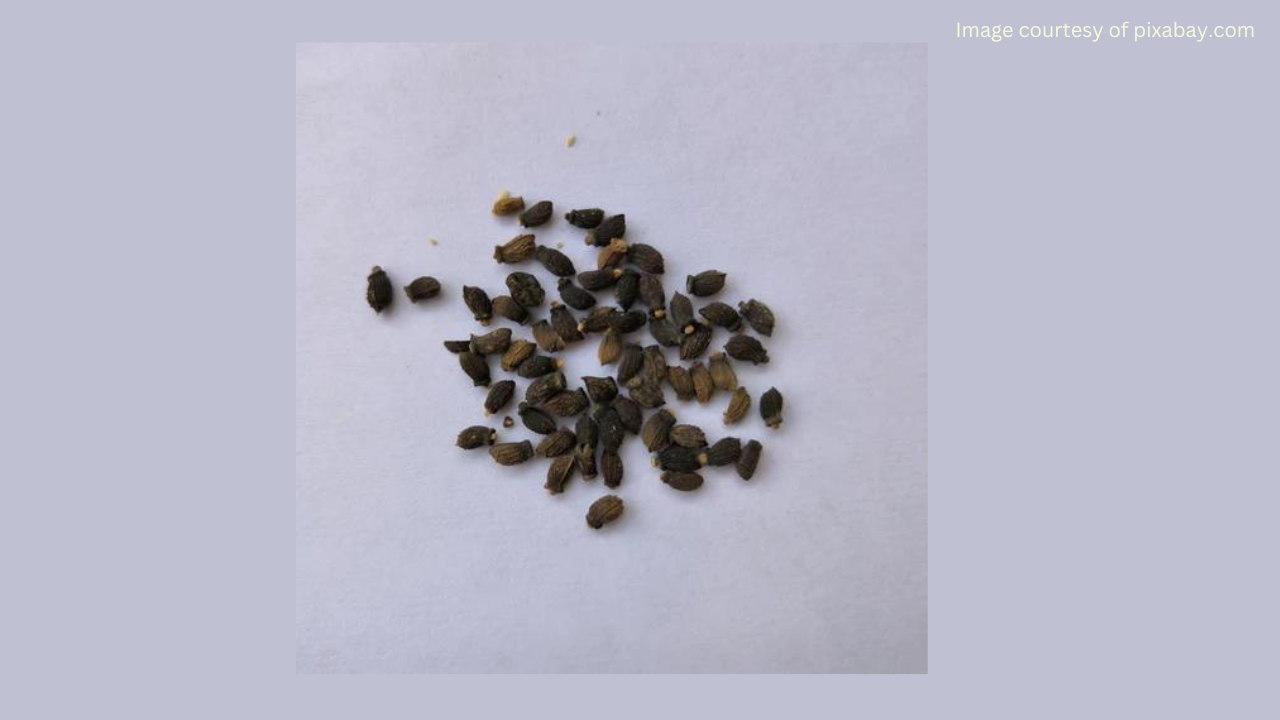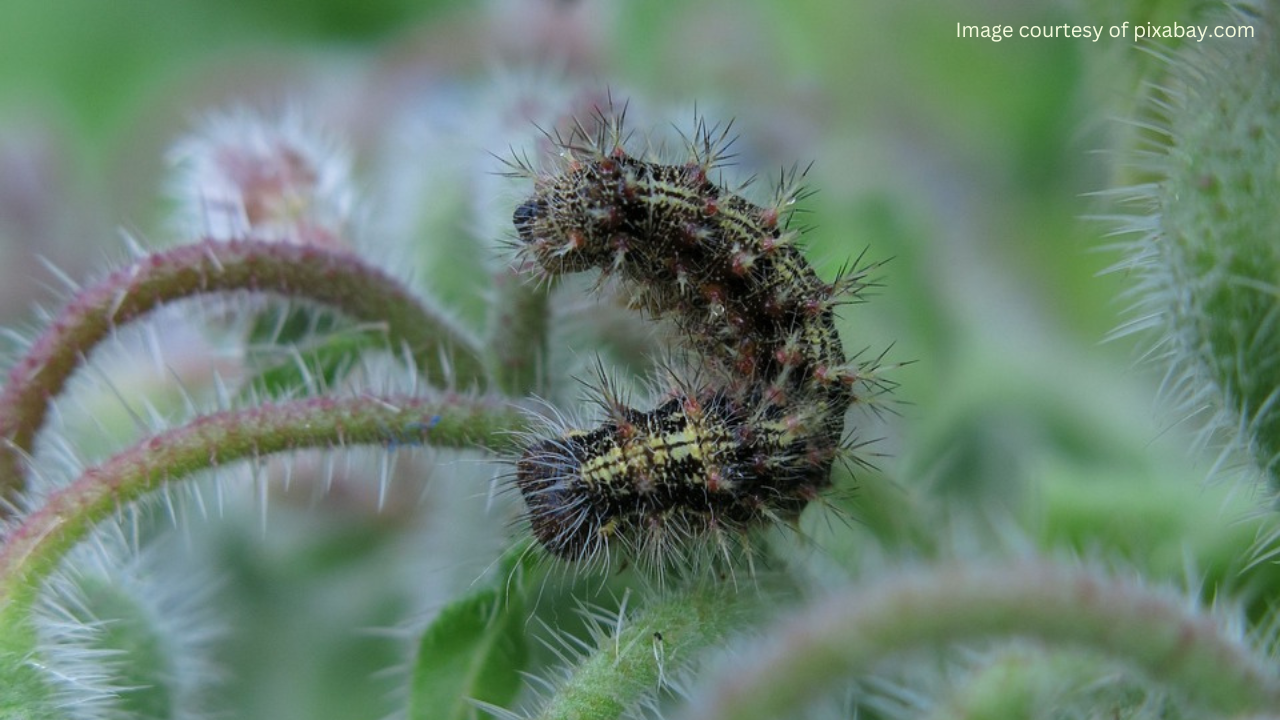Borage, also known as starflower, is a versatile herb that not only adds beauty to your garden with its vibrant blue flowers but also serves various culinary and medicinal purposes.
Benefits of Growing Borage

Borage Nutritional Value: Borage leaves are rich in essential nutrients such as vitamin C, calcium, potassium, and iron, making them a valuable addition to salads and soups.
Preparing for Planting
Choosing the Right Location: Borage thrives in full sun but can tolerate partial shade. Select a well-drained area in your garden with ample sunlight for optimal growth.
Soil Preparation: Ensure the soil is loose, fertile, and well-drained. Incorporating organic matter such as compost or aged manure can improve soil structure and fertility, providing an ideal environment for borage seeds to germinate and thrive.
Sowing Borage Seeds

Best Time to Sow: Borage seeds can be sown directly into the garden soil in early spring after the danger of frost has passed. Alternatively, sow seeds indoors 4-6 weeks before the last frost date and transplant seedlings outdoors once the soil has warmed up.
Seed Depth and Spacing: Sow borage seeds approximately ¼ to ½ inch deep in rows spaced 12-18 inches apart. Thin seedlings to 12-24 inches apart once they have established true leaves.
Caring for Borage Seedlings
Watering Requirements: Keep the soil consistently moist but not waterlogged during the germination and seedling stages. Once established, borage is drought-tolerant and requires minimal watering.
Sunlight Needs: Borage thrives in full sun but can tolerate partial shade. Ensure your plants receive at least 6-8 hours of sunlight daily for optimal growth and flowering.
Mulching: Apply a layer of organic mulch such as straw or shredded leaves around borage plants to conserve moisture, suppress weeds, and maintain a more stable soil temperature.
Dealing with Pests and Diseases

Common Pests: Borage is relatively pest-resistant but may occasionally attract pests such as aphids, spider mites, and caterpillars. Handpick pests or use insecticidal soap to control infestations.
Preventive Measures: Encourage natural predators such as ladybugs and lacewings to control pest populations. Avoid overwatering and overcrowding plants, as damp and crowded conditions can increase the risk of fungal diseases.
Harvesting Borage

Signs of Maturity: Borage plants typically reach maturity within 8-10 weeks after sowing. Harvest leaves and flowers when they are young and tender for the best flavor and nutritional value.
Harvesting Techniques: Use sharp scissors or pruning shears to harvest borage leaves and flowers. Harvest regularly to encourage continuous growth and flowering throughout the growing season.
Related Articles:


1 comment
Mithlesh Kumar
Hi.kya mere address pr online delivery ho dsakti h